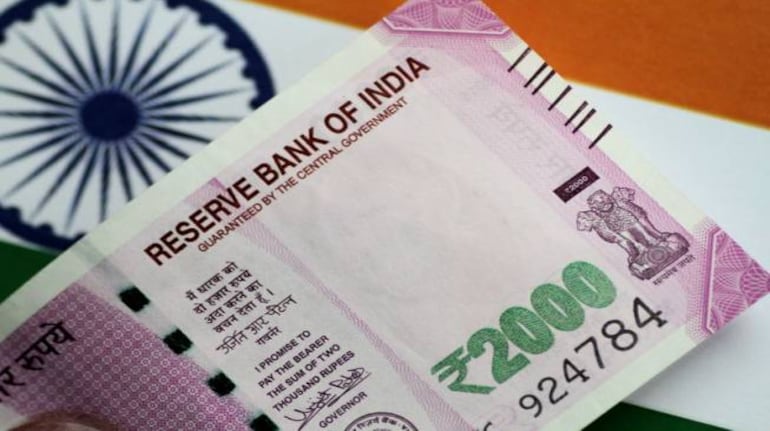



Exporters are unsure how the government's recent move to expand the export credit insurance will reach them, given that the biggest scheme in the sector remains non-operational even after nearly two years of its announcement.
The Niryat Rin Vikas Yojana (Nirvik) was announced in September 2019 to provide credit at competitive interest rates to exporters.
On June 28, Finance Minister Nirmala Sitharaman announced a major infusion of Rs 88,000 crore over the next five years into the Export Credit Guarantee Corporation (ECGC) to boost export insurance.
Export credit insurance protects exporters of products and services from the risk of non-payment or even late payment by a foreign buyer.
Nirvik was subsequently mentioned by Sitharaman in her Budget speech in February 2021. Since the government still continues to plan crucial components of the scheme and no funds have been released so far, the scheme is yet to take off.
People in the know say that the Commerce Department had dispatched a report to the cabinet a few months back, but it is yet to hear about it. Even the ECGC, which has to implement the scheme, is unsure.
“The finance ministry had raised issues with the wide allocations demanded for the scheme and wanted the repayment criteria for exporters to be tightened. Now that the minister herself has announced more funds for export insurance, things are expected to move forward quickly," a senior official said.
Lack of insurance
The lack of available sources of export insurance in India has meant that exporters in large forex-earning sectors such as engineering, gems and jewellery, and textiles have remained hesitant in exploring foreign markets.
On the other hand, smaller exporters in sectors such as agriculture and handicrafts have found it almost impossible to convince banks to lend them money to export since there is no guarantee that they will be able to pay back.
"Most exporters are using the pre-shipment and post-shipment export credit; that too, on the whole turnover basis," Ajay Sahai, Director General and CEO of the Federation of Indian Export Organisation (FIEO), said. The whole turnover, post-shipment guarantee of ECGC, provides protection to banks against non-payment of post-shipment credit by exporters.
Pre-shipment offers financial assistance to exporters before the goods are shipped while post-shipment is offered once goods are shipped. The post-shipment patches the financial risk factor during the ‘in-between’ period of shipping and proceeds realisation.
Lower interest, more coverage
Nirvik envisages that interest rates also remain low, allowing exporters to secure cheaper loans for working capital loans.
“It is aimed at ensuring that both foreign (US Dollar) and rupee export credit interest rates remain below 4 percent and 8 percent, respectively, for exporters. Our initial projections had shown that interest rates may fall to 3.1 per cent for export credit in dollars and 7.3 per cent in rupee terms," an ECGC official said.
By providing higher insurance coverage to banks, Nirvik makes provisions for lenders to be compensated periodically by the government, if loans are not repaid. This and other measures had hoped to raise the comfort of the banks in approving loans for exporters.
Interest will be covered for a maximum of two quarters or till the loan is declared a non-performing asset, which happens when interest remains unpaid for 90 days, whichever is earlier.
Insurance cover percentage has also been enhanced to 90 percent from the present average of 60 for both principal and interest. Sahai said this is crucial in winning banks’ confidence.
ECGC had earlier said it would not inspect bank documents and records until losses on a loan reach Rs 10 crore. Earlier, the threshold was Rs 1 crore.
Discover the latest Business News, Sensex, and Nifty updates. Obtain Personal Finance insights, tax queries, and expert opinions on Moneycontrol or download the Moneycontrol App to stay updated!